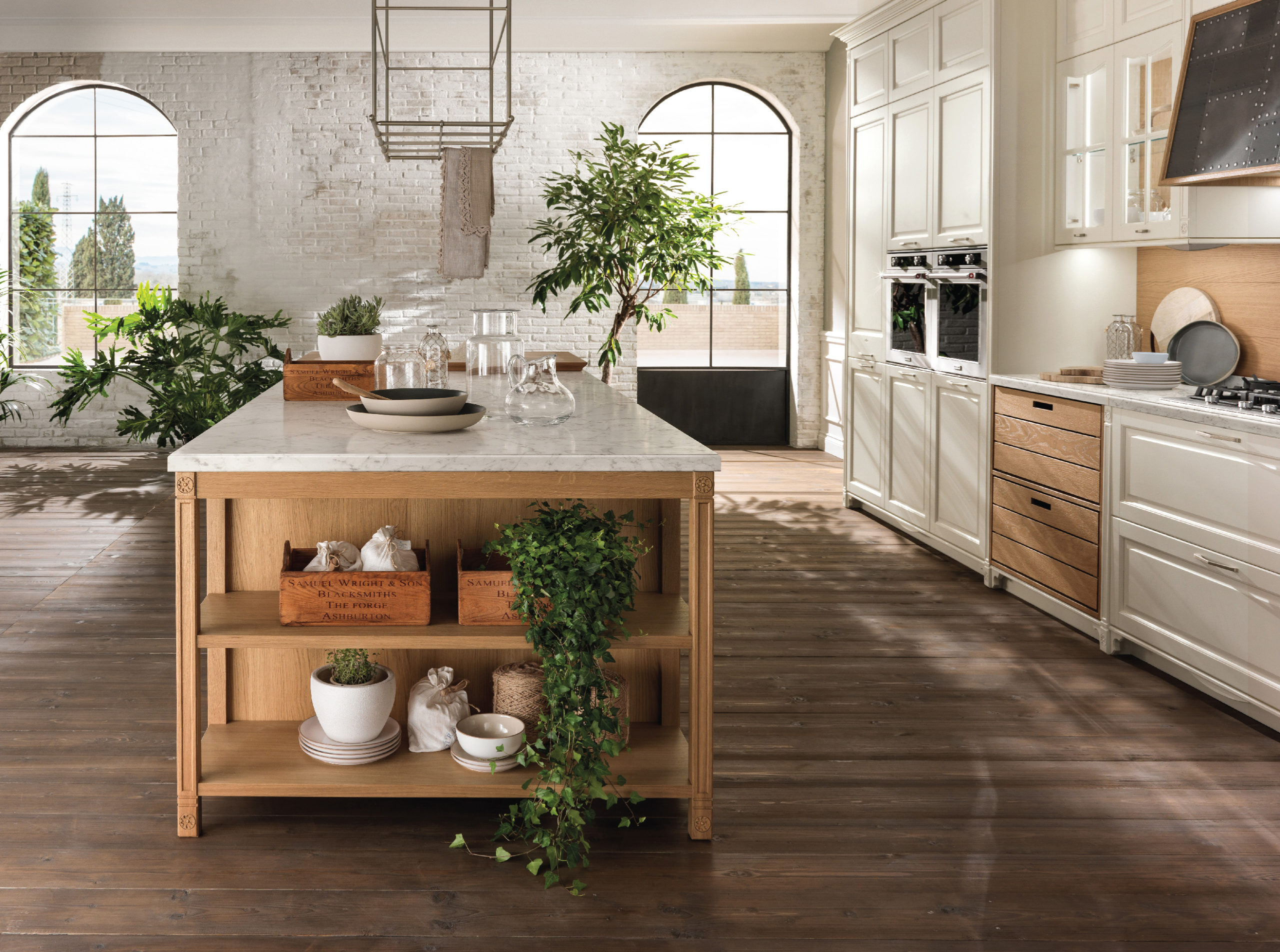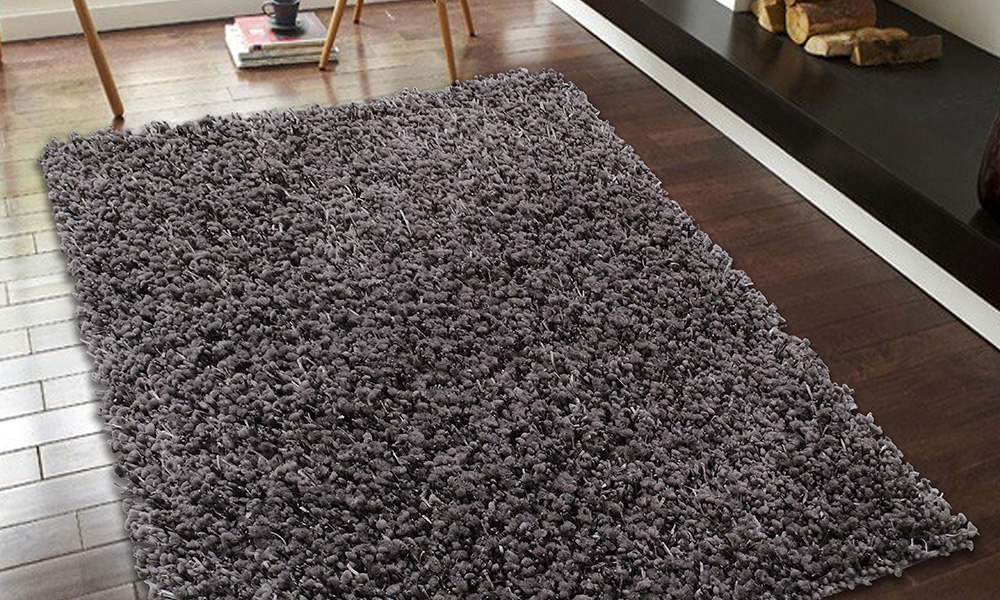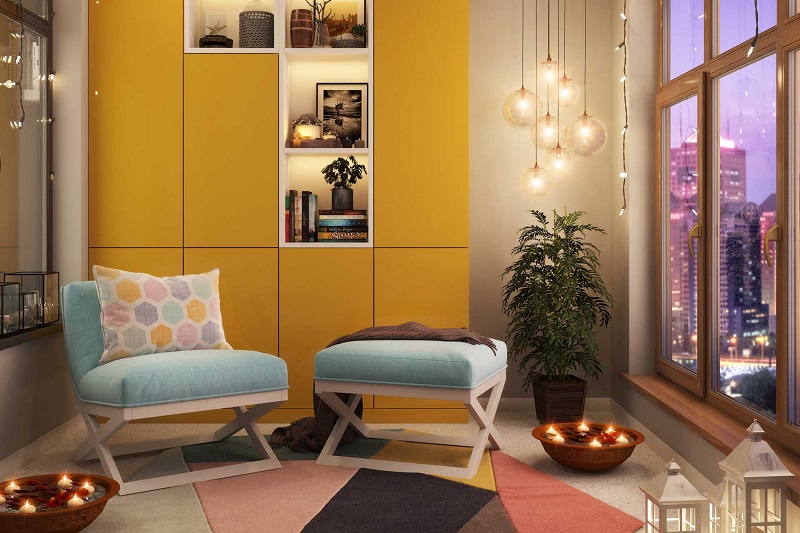
Those who are interested in the world of interior design are likely to be familiar with the term biophilia. It is a word that means the love of nature and is now often applied to aesthetics that embrace nature as a source of inspiration for living spaces, hence biophilic design.
It is becoming more widely recognised as an aesthetic as residents seek to have a greater connection with nature, moving away from urban modernism and more toward organic and rural designs for their living spaces. Now, as a result, we are seeing a significant increase in interior design trends that are inspired by nature, those that promote a connection to the wild and prioritise well-being.
Shape
One of the most significant elements of a biophilic home is shape. Harsh edges and corners are associated with modern living and industrial design, both of which are the antithesis of biophilia. Instead, curved edges and soft shapes are prioritised, mimicking the natural forms of the earth.
Material
Another essential feature of natural design is material. High-processed materials, those that are mass-produced or made from plastics and inorganic elements, are less welcome in a home that seeks to connect with nature. Instead, biophilic homes do well to embrace natural materials, celebrating the imperfections of raw timber and clay.
Features such as flooring can be designed from cork or bamboo, with kitchenware being hand-forged with natural clays, all of which contribute to a living space feeling more connected to nature.
Outbuildings
Gardens have become increasingly sought-after following the pandemic-related lockdowns and homeowners have been making the most of their outdoor spaces. From a property design perspective, this fits with nature-focused motivations.
One of the most popular contemporary changes, however, is the uptake in residents wanting to buy log cabins. Whether replacing their garden shed or establishing a new outbuilding, residents are increasingly looking for living spaces that allow them to embrace the outdoors, even if it’s only their own garden.
Texture
Alongside natural materials comes the inevitable consequence of texture. No longer are smooth and highly polished surfaces being championed. Instead, residents are seeking to draw inspiration from the countryside cottages they may remember as a child, with wooden countertops, heavy curtains, and woollen rugs.
Plants
Perhaps the most direct way of introducing nature into a home is through the houseplant. Over the past few years, it has become increasingly common for homes to not only host a few plants but to dramatically embrace them, hanging plants from ceilings and filling spaces with large specimens. In addition to this, plants are also making their way into designs, with many homes choosing floral wallpapers and dried flowers to decorate their homes.
Homestead Living
Coupled with an increased awareness of local ecology and climate change, aesthetics like cottagecore are leading to the popularisation of homestead living. More residents are growing their own foods, creating compost systems, dyeing their own fabrics and creating walk-in pantries.
These elements that wouldn’t necessarily be out of place on a farm are now becoming more common in urban areas, so don’t be too surprised if you spot your neighbour keeping chickens or bees!




